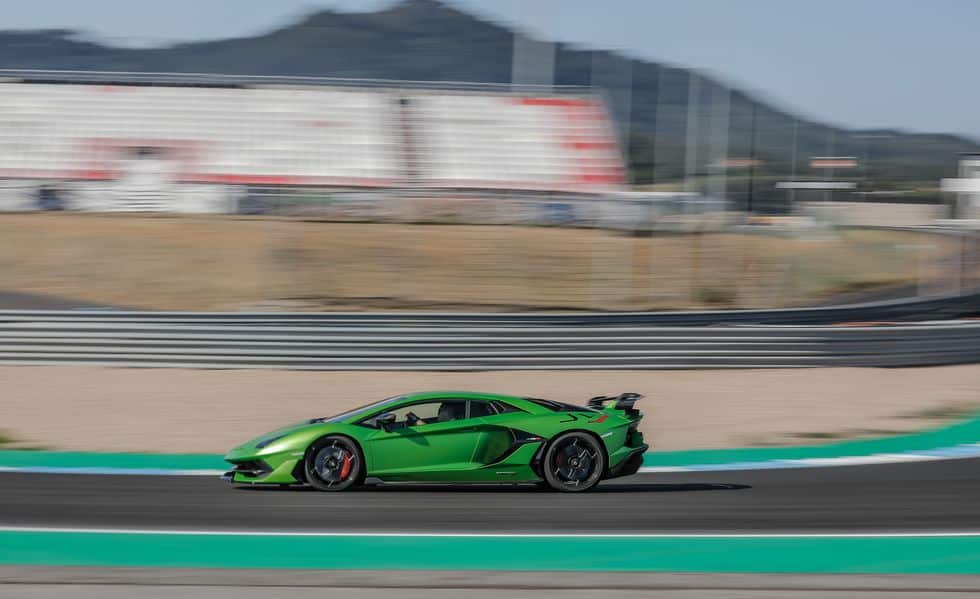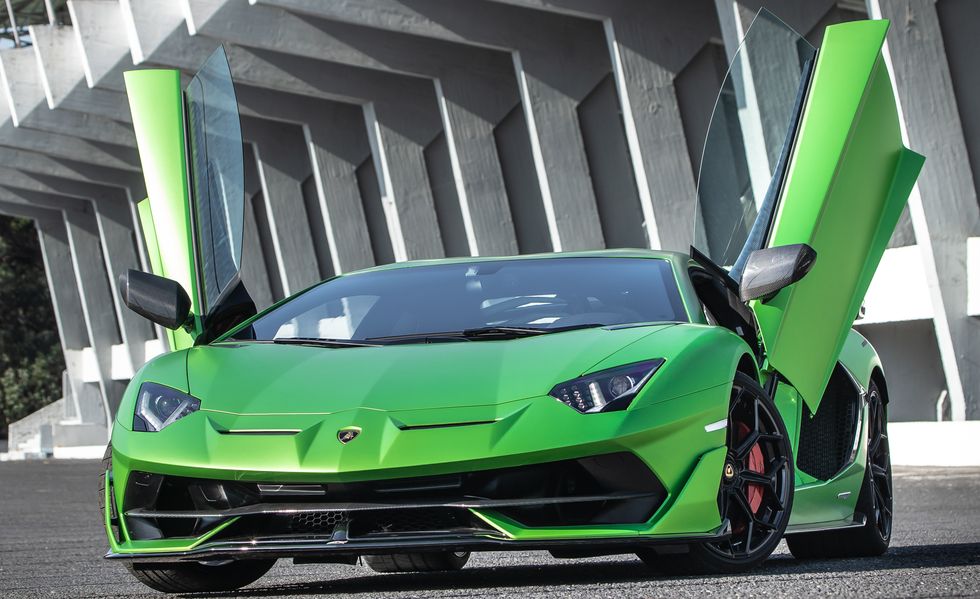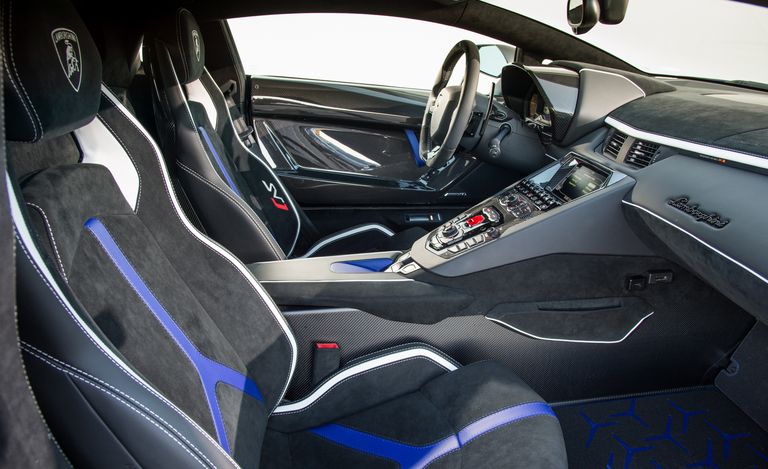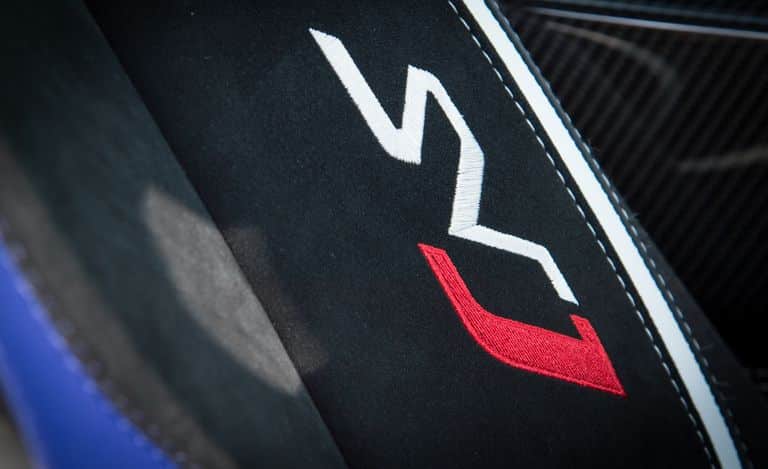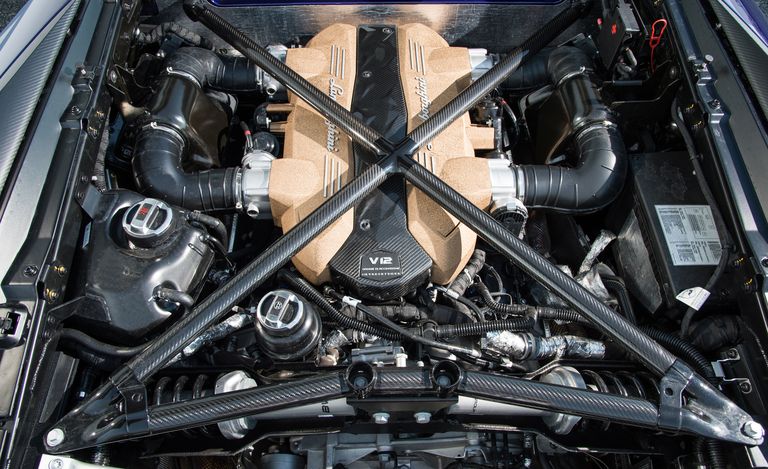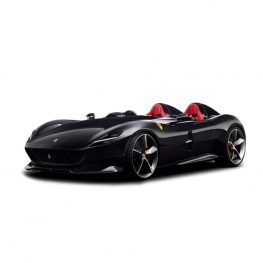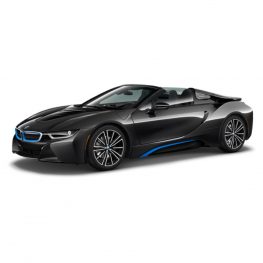Description
Lamborghini Aventador SVJ Rent in Dubai
Lamborghini’s Miura, the first mid-engined supercar, was a true pioneer. But in the years that followed, the company found its groove with a dynasty that prioritized theater over handling dynamics. The Countach and the Diablo looked amazing, and their images were thumbtacked to millions of bedroom walls. They also were loud, fast, spectacularly impractical, and pretty much sweated machismo, but they were blunt weapons when driven hard. You could take Lamborghini Aventador SVJ Rent in Dubai to a racetrack—but only in the same way you could wrestle an alligator.
The Aventador, launched in 2011 with its carbon-fiber structure and advanced technologies, brought an unprecedented level of sophistication to a big Lamborghini. It also brought a newfound obsession with racetracks. The 2016 Aventador SV—SV stands for Superveloce—had its mid-mounted V-12 boosted to 740 horsepower and had 110 pounds trimmed from its mass, enough to allow it to circle the Nürburgring Nordschleife in less than seven minutes. And now, as the Aventador approaches retirement, Lambo is launching the even blacker-hearted SVJ, which recently became the fastest street-legal car to lap the Nordschleife, with a time of 6:44.97.
Perhaps fortunately, Lamborghini didn’t bring us to the Nürburgring to try to better the remarkable efforts of factory test driver Marco Mapelli, but rather to the Estoril circuit in Portugal. We were allowed to experience the SVJ for three four-lap stints, and there was no road driving, but it was sufficient to prove that the SVJ is something very special—and that Mapelli is a remarkably brave man.
SVJ stands for Superveloce Jota, the suffix being used by Lamborghini for its most track-focused editions. As the name suggests, it builds on the SV with incremental improvements pretty much across the board. Power for the naturally aspirated 6.5-liter V-12 rises from 740 horsepower to 759. The engine gains titanium intake valves, which allow more aggressive cam profiles, while friction for the crankshaft and pistons has been reduced. The torque peak has increased slightly, with 531 lb-ft available at 6750 rpm, but chief technical officer Maurizio Reggiani is more proud of the relatively flat torque output across the engine’s midrange—”and without any turbos!” He remains defiant in the face of forced-induction spreading to nearly all supercars.
Although Lamborghini’s claimed weight for the SVJ remains the same as the SV, it carries more technology including active aerodynamics. Lambo quotes 3362 pounds “dry,” although the 3868-pound figure of the Superveloce we tested shows just how much fluid an Aventador carries. The new version of the Aerodinamica Lamborghini Attiva (ALA) system that debuted on the Huracán Performanteincludes movable elements on the front splitter as well as a pair just ahead of the vast rear wing, which are capable of directing airflow to stall the rear element, reducing drag. It can also stall either side selectively, allowing for what Reggiani describes as “aero vectoring,” which helps the car turn at high speeds; the aero load can be varied across the rear wing by up to 20 percent side to side. With all the elements working, peak downforce is claimed to be 1100 pounds at 217 mph, 40 percent more than the SV generates.
Lamborghini gets its excuses in early. Even before we head onto the track at Estoril, which is a tight, twisting 2.6-mile circuit that last saw a Grand Prix in 1996, we’ve been warned that we aren’t going to find ideal conditions. The company sent a prototype car here in July and discovered a surface abrasive enough to allow the SVJ to run on the Pirelli P Zero Corsa tires that the car will wear as standard, rather than the track-biased Trofeo R option on which it set its Nordschleife time. But when Lambo’s technicians returned to set up for the launch with a truck filled with fresh P Zeros, they found the entire track resurfaced, with the slippery fresh asphalt returning about 80 percent as much grip as before.
No matter, a pit lane filled with red, white, and green SVJs that have been parked in the order of the Italian tricolore is a great way to start any day. The Aventador is one of the oldest swingers in its segment (it arrived a couple of months before McLaren launched the MP4-12C, which has since been replaced twice), and in supercar years it’s drawing a pension. But even if you’d spent the entirety of the last seven years staring at one, we doubt you’d be bored with it. Wedgy, edgy, and radiating that particularly Italian combination of style and menace, it still looks spectacular—the SVJ graphics on the rear fenders are optional.
The cabin feels its age, though. When it debuted, the Aventador offered unprecedented space and comfort for a Lamborghini, but the game has since moved on. Even with the standard seat motored to its lowest position, it still feels too high off the floor, and the black microfiber-covered headliner is too low. The switchgear is widely scattered throughout the cabin, with the headlight controls hidden in a binnacle to the left of the steering wheel. The sight of an older-gen Audi display screen nestling in the middle of the dashboard seems deeply incongruous in a car costing over half a million bucks.
Thirty seconds later, pretty much none of that matters. The mid-mounted V-12 fills the cabin with noise and vibration as soon as it fires to life, and then just gets better. Exiting pit lane at 4000 rpm, the SVJ already sounds superior to many of its turbocharged competitors at full chat. When the 8700-rpm redline approaches for the first time—a couple of seconds later—it has secured its place in the Parthenon with a noise that combines pain and pleasure, the sort of high note with which the fat lady closes the opera. Our afterlife will be soundtracked by 12-cylinder Lamborghinis rather than heavenly choirs.
The Lamborghini Aventador SVJ Rent in Dubai is brutally fast as well, delivering huge acceleration even on Estoril’s shorter straights, with the Lambo’s digital speedometer showing over 173 mph at the end of the not especially long main straight. The single-clutch automated gearbox shifts with a brutal quickness when in its punchiest Corsa setting, although at anything other than full attack there is still a notable pause as the old-fashioned transmission changes gears.
Shedding speed is more of a challenge. The Aventador’s brake pedal could be felt softening over a four-lap stint of the circuit, this despite the huge carbon-ceramic rotors. We also discovered a surprising and initially alarming amount of lateral movement under hard deceleration, which required countersteering to keep the Aventador heading straight.
The SVJ’s mass was also evident through Estoril’s many corners. It turned in keenly and found impressive lateral grip on the greasy surface. The rear-steering system definitely helps to tip the back end into tighter turns, although it creates a slightly odd sensation in the steering wheel—as if you’ve gone slightly too far. We also could feel through the steering wheel the all-wheel-drive system’s attempts to find traction by shifting torque to the front wheels.
Although it was indulgent of an overoptimistic throttle application in a way that very few of its rivals would be, the SVJ’s digital brain was clearly working overtime to deal with the engine’s huge output in the slower parts of the circuit. In Corsa mode there was a noticeable lag between requesting urge and feeling it fully arrive, and even in faster parts of the track the stability-control light was often strobing its displeasure. Turning from Corsa to the intermediate Sport setting actually slackens the traction control, allowing a modest amount of rear-end slip at lower speeds, but we had no doubt as to the tremendous forces involved in making an Aventador go fast. Our respect for Mapelli’s achievement at the ‘Ring is total.
Despite the hugeness of the engineering effort Lamborghini has put into making the Aventador SVJ perform on track, we suspect its natural habitat will continue to be that of lesser Lamborghinis: revving at a stoplight in downtown Miami or parked next to the valet stand at an upmarket nightclub. That’s fine, but never forget that it is capable of so much more.


